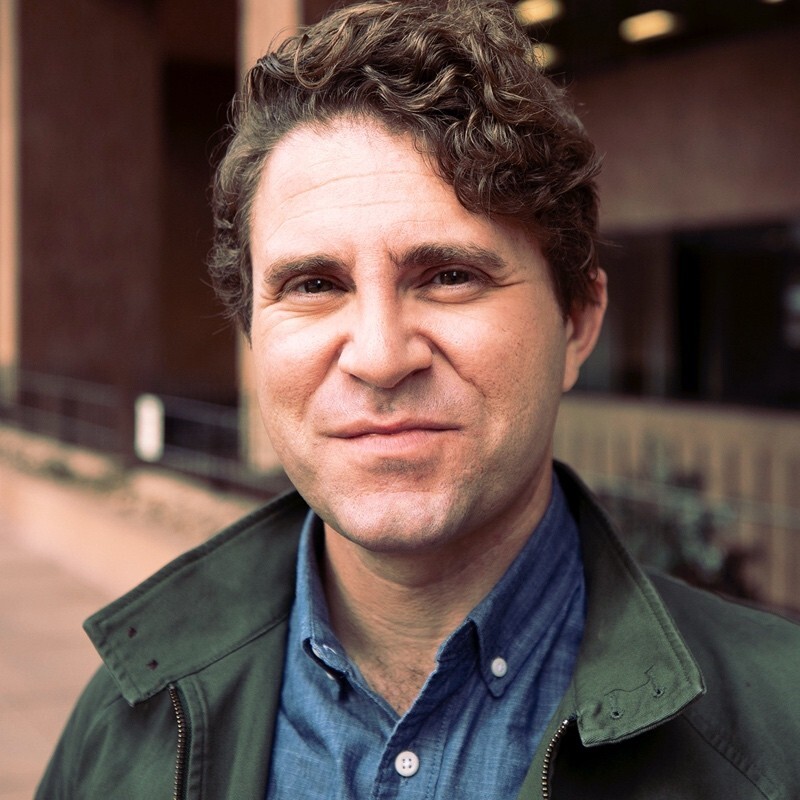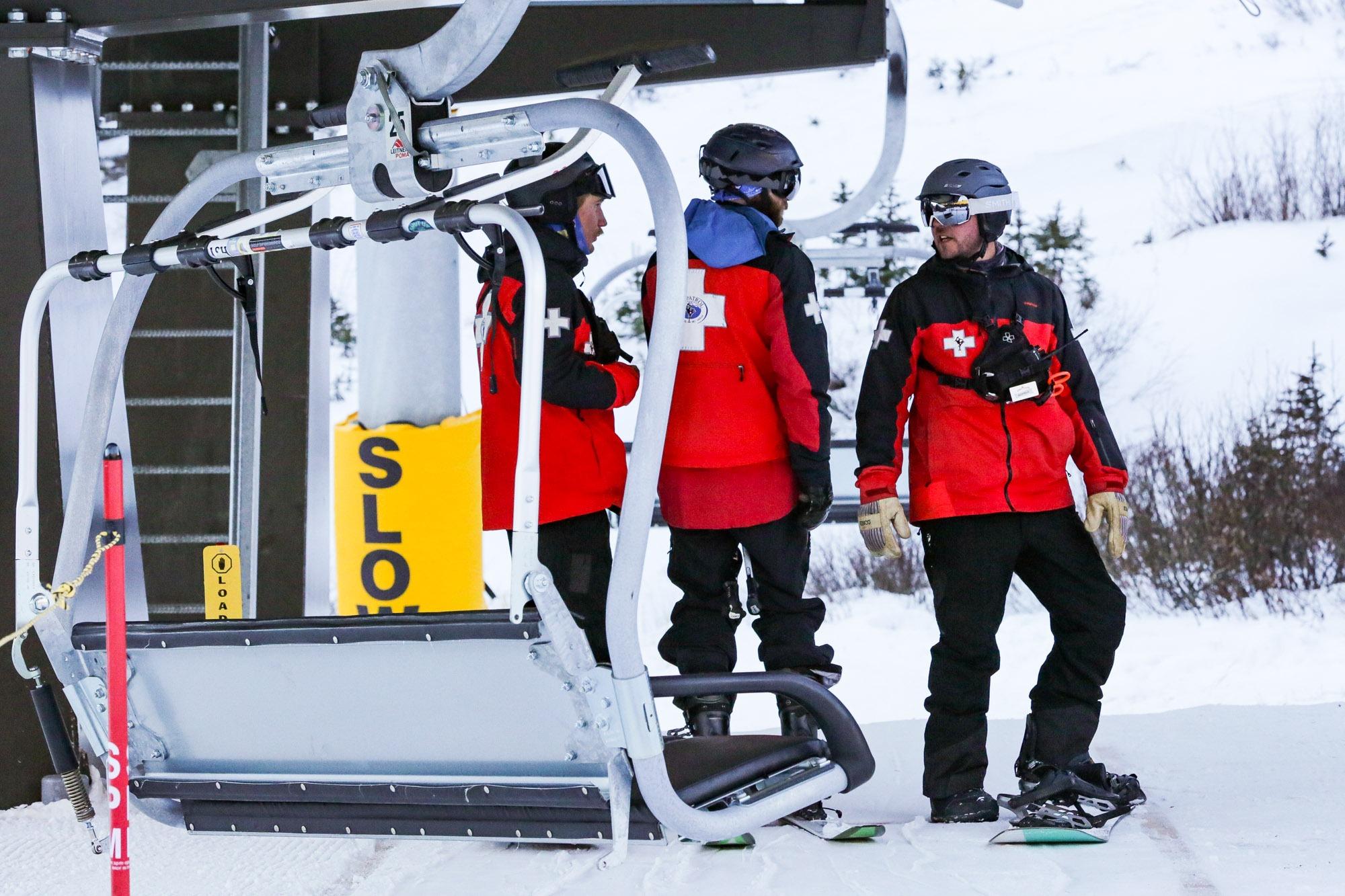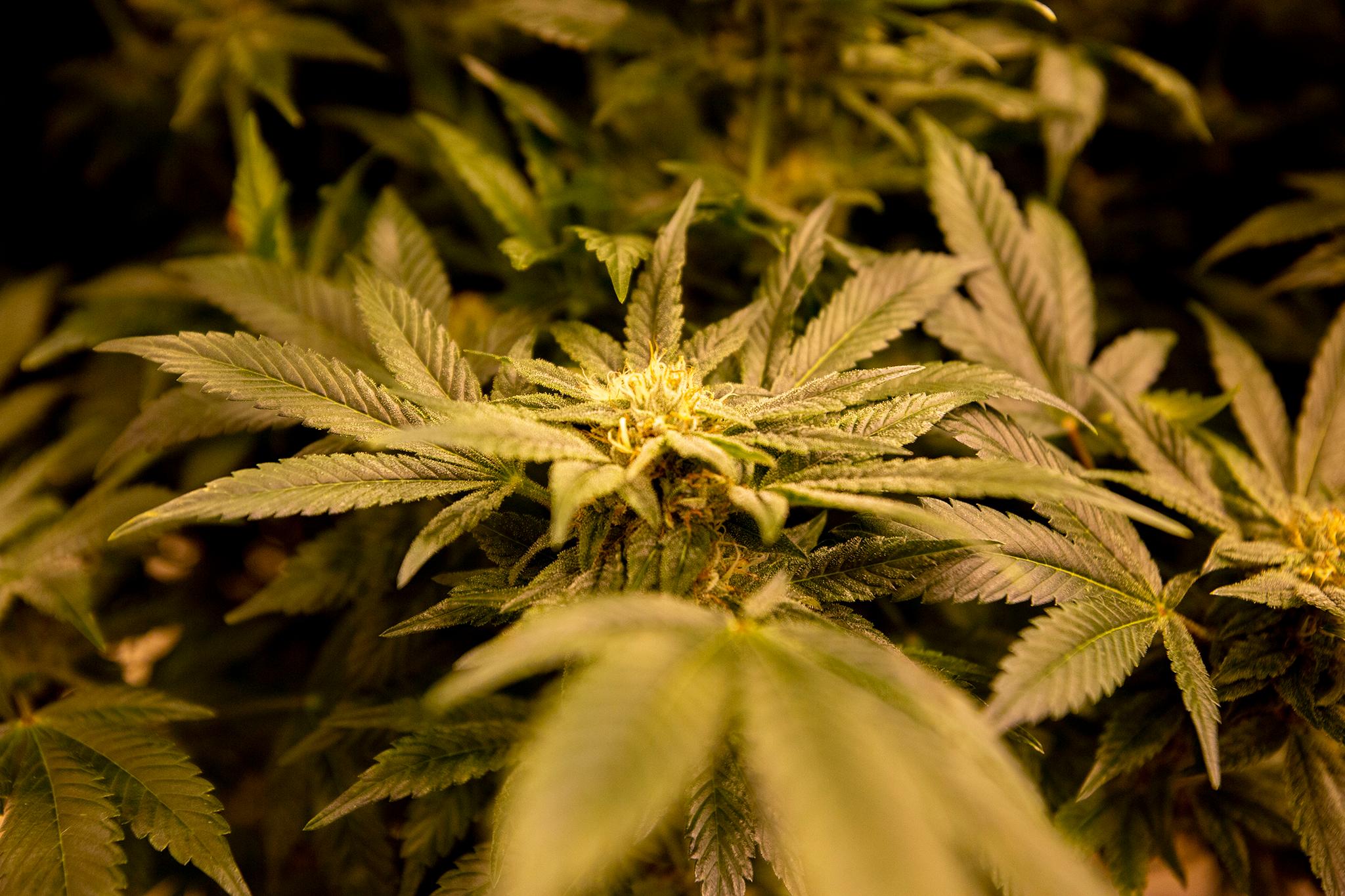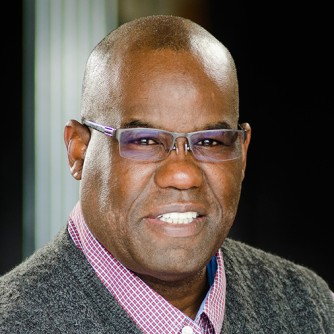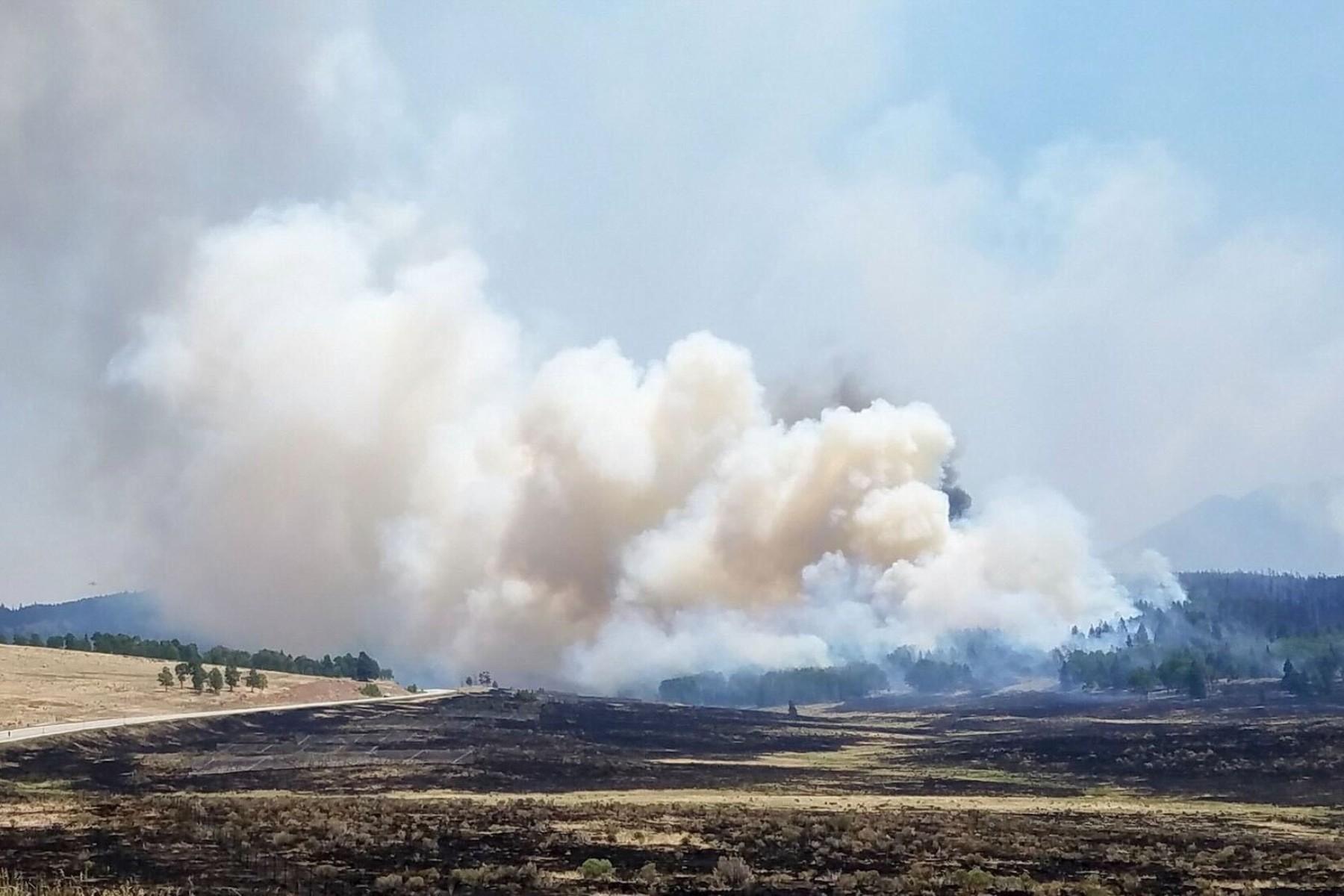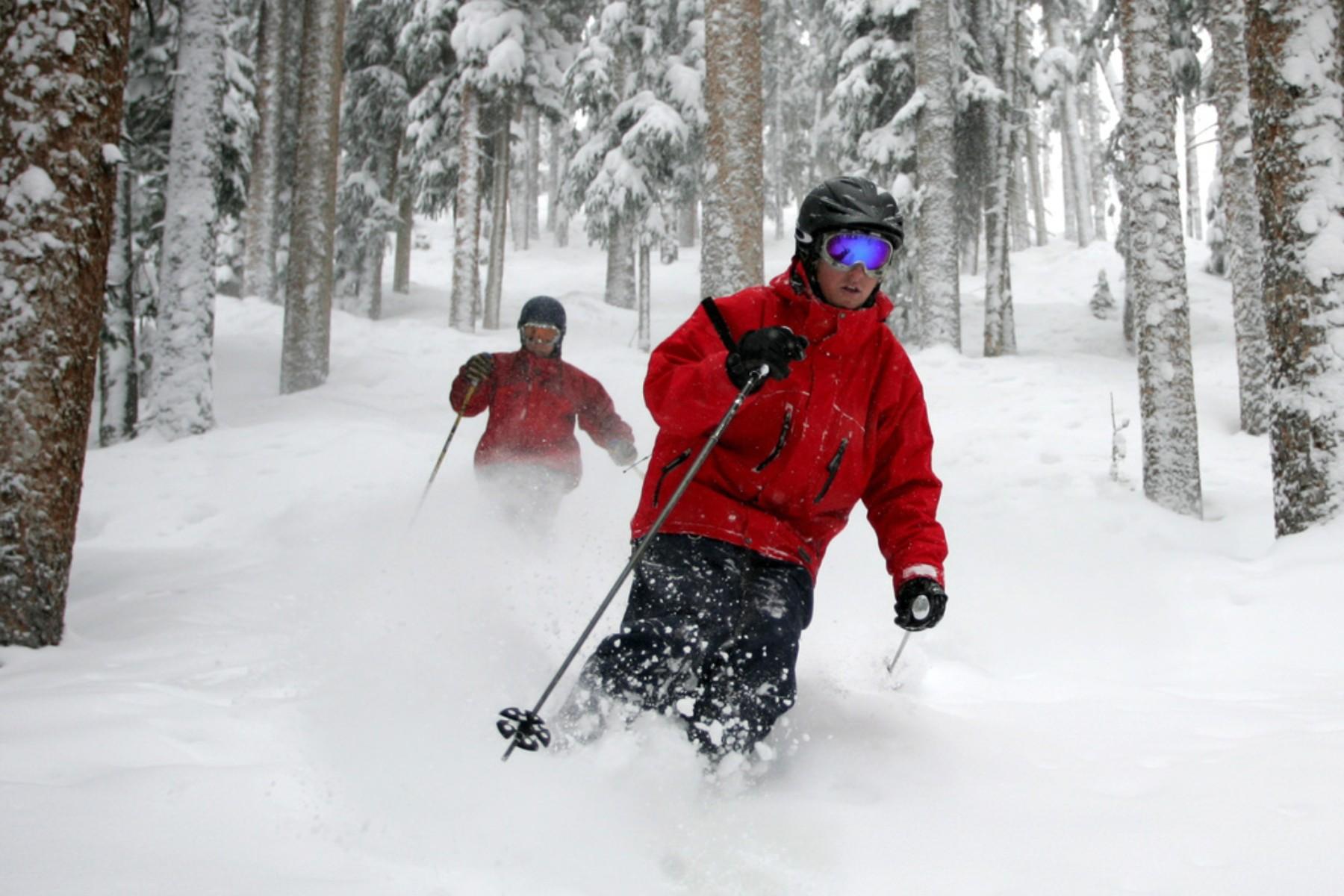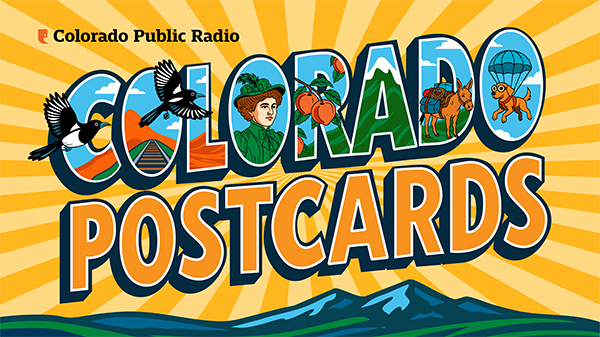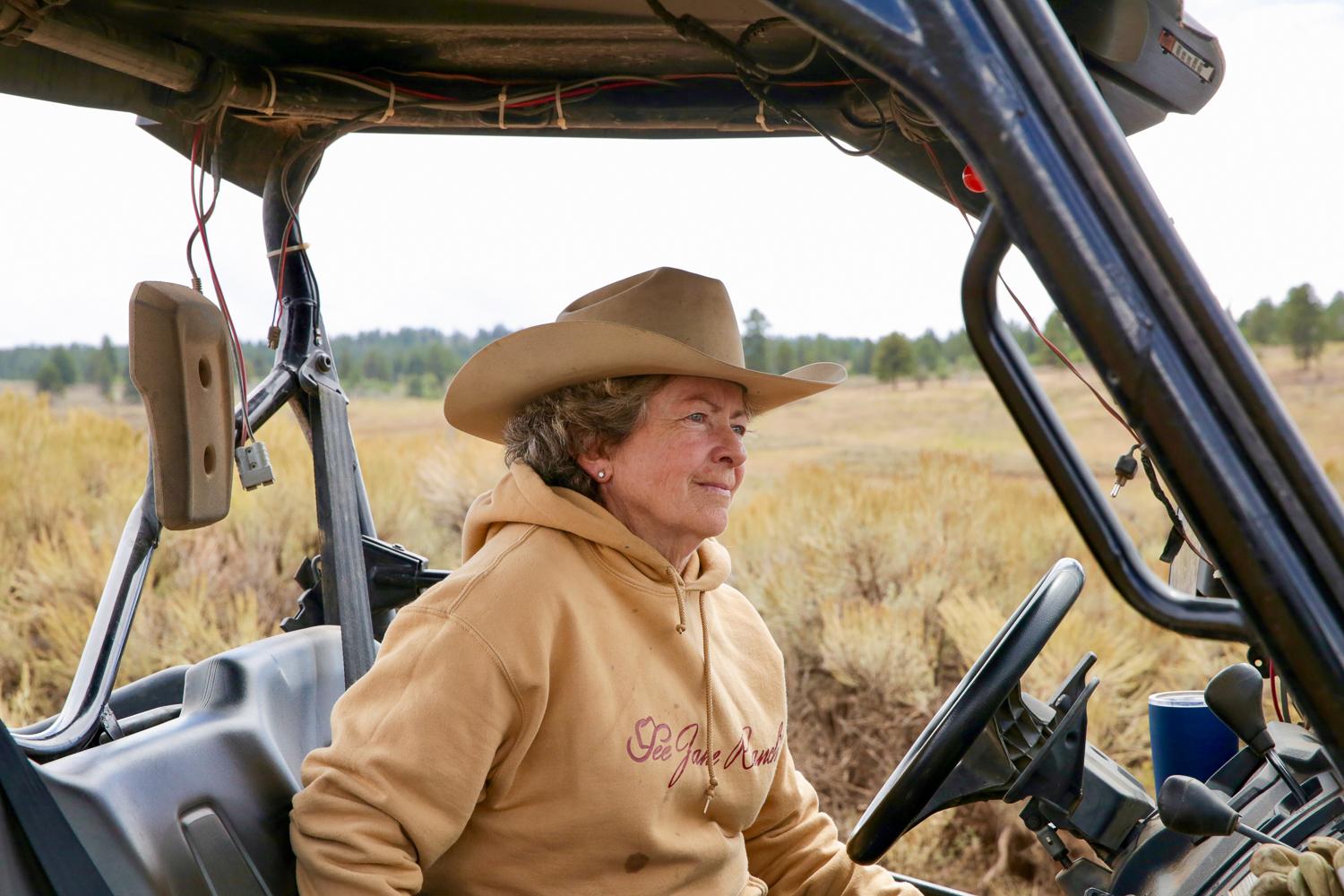
As a 70-foot wall of flames crested a nearby ridge, Janie VanWinkle knew it was time to go.
“In that moment, we were absolutely terrified,” VanWinkle said.
It was July 14, and she had been warned that the Turner Gulch Fire would likely move onto the grazing land her family leases from the U.S. Forest Service. She climbed into a side-by-side ATV with her husband and son for a better vantage from high on the Uncompahgre Plateau. The flames consumed trees in moments, as the fire engulfed the ridge.
Two months later, the vantage where she watched the fire’s explosive surge looks like an ashen moonscape. The Turner Gulch Fire burned about 60 percent of the 39,000 acres they lease from the U.S. Forest Service, that’s more than one and a half times the size of Manhattan Island.
For the VanWinkles, like for many farmers and ranchers on the Western Slope, the years-long process of recovery has begun. But just how many ranchers were affected is not yet clear.
“A lot of these landowners, they just got out of the thick of it,” said Rio Blanco County natural resource director Reece Melton. “They have a lot of work ahead of them to assess the damages.”
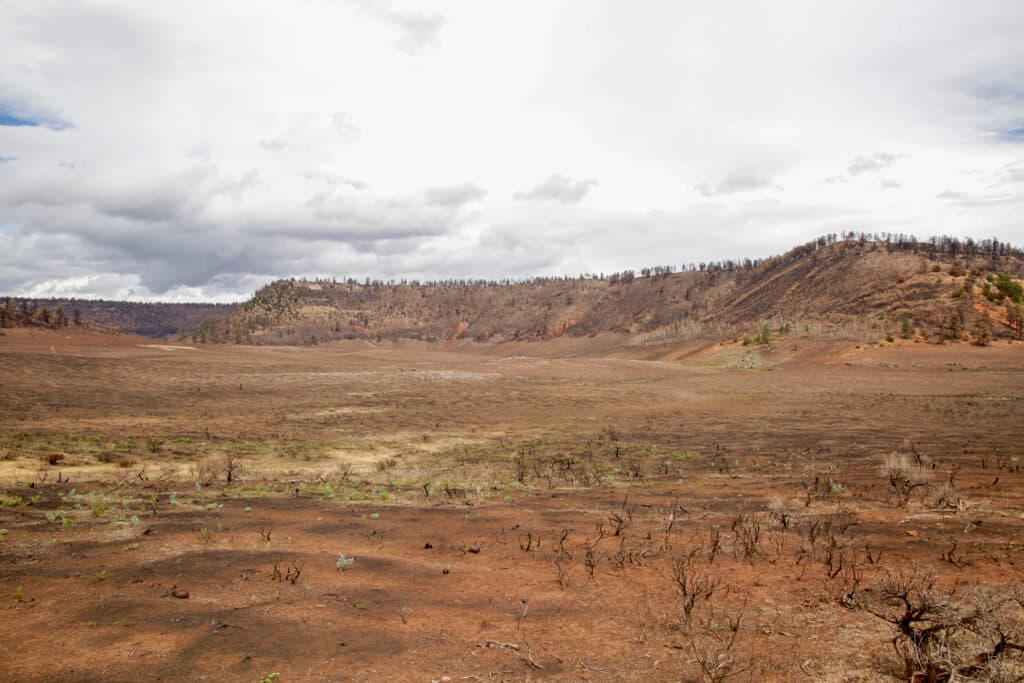
The Lee and Elk fires ravaged Rio Blanco County this summer. They burned a combined area slightly larger than the city of Chicago. The damaged property included power line infrastructure critical for local oil and gas fields — there are dozens in Rio Blanco County. Those operations are still functioning on backup electricity, but are out of options if other power issues arise.
Then came the rain. It helped put the fires out, but led to flash flooding on the blackened and vulnerable land. Rocks and trees washed across fields. Mudslides closed local roads.
“You don’t have this level of ecological disturbance without some things being changed on the landscape long-term,” Melton said.
The state estimates the cost of the damage on private and public lands in Rio Blanco County to be at least $27 million.
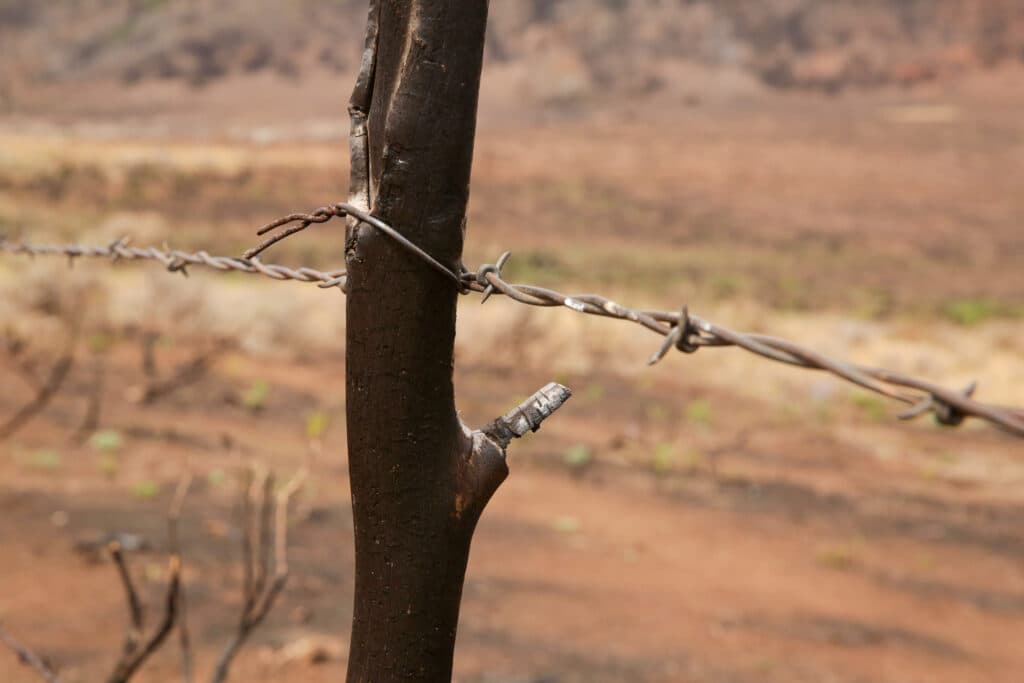
Last week, Gov. Jared Polis requested a major disaster declaration from the Trump Administration, which could release funds from the Federal Emergency Management Agency. That request has yet to be approved.
The county posted a questionnaire to its Facebook page, attempting to assess affected landowners. So far, Melton’s office has heard from nearly 30 farmers and ranchers who were impacted.
In late August, the U.S. Department of Agriculture announced a number of disaster aid options available to farmers and ranchers affected by the fires. They range from compensation for lost livestock to low-interest loans to rebuild lost buildings, and restoration funds from the Natural Resources Conservation Service.
Some of the funding will be dispersed quickly, but some programs require lengthy applications and paperwork that could take a year for approval.
A joint effort among the Colorado Farm Bureau, Colorado Cattlemen’s Association and Colorado Livestock Association is raising money to help affected landowners. So far, they’ve raised about $125,000.
The path to recovery is a long one. Rio Blanco County commissioner Callie Scritchfield said she’s expecting long-term impacts on the region, and she’s concerned about increased flood risk on the burn scars.
“It just is really going to depend on what Mother Nature does,” Scritchfield said.
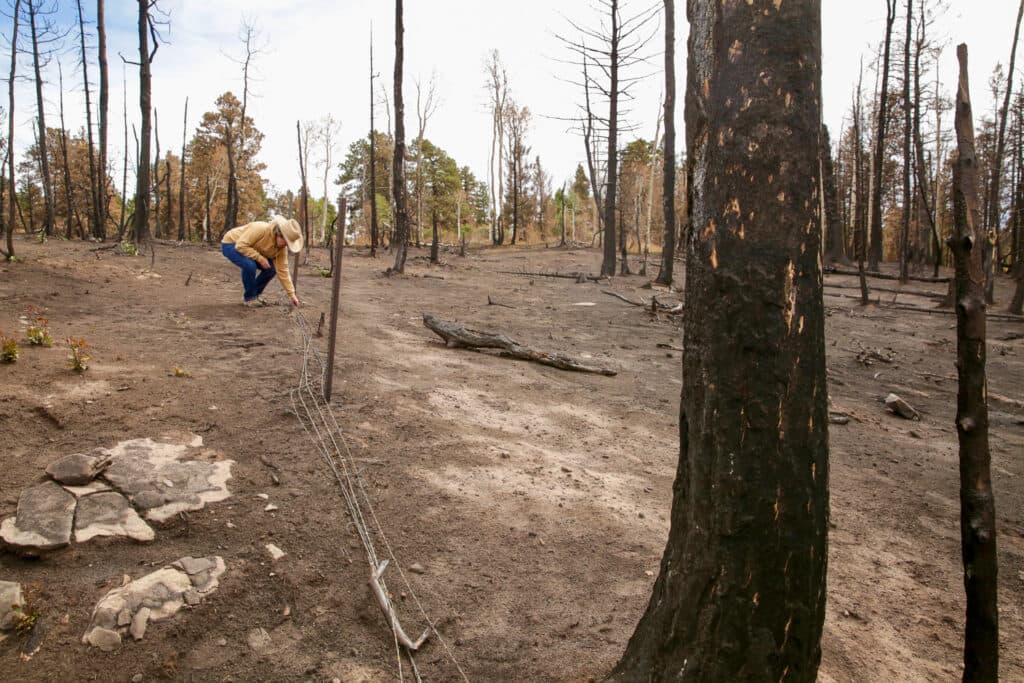
As VanWinkle walked her charred allotment on the Uncompahgre Plateau, she knelt down next to long strands of barbed wire fence on the ground. Reaching into the ash, she scooped up a handful of thick metal staples, the only remaining evidence of the wooden post that held up the strands.
A mile of barbed wire fence can cost as much as $20,000 to purchase and install. The VanWinkles lost between six and eight miles, much of it in steep terrain.
The Forest Service does provide the materials for fencing leased allotments. VanWinkle said some labor costs also might be reimbursed by the USDA, but that doesn’t change the arduous work required for her family to restretch fence across steep mountainsides.
“It takes two and a half, three hours to get here with a pickup and an ATV,” she said. “Some of these fences will take another two hours to get to on a horse. So all that time will add significant cost to the process of rebuilding.”
At least most of her cattle are safe. The family was able to truck their herd of about 1,500 cows and calves to another unused allotment 10 miles south. It’s a temporary measure and not ideal. Moving cattle can cause stress and disrupt their growth. The cows don’t know the land and where the best grazing or water sources are. The VanWinkles don’t know the land either.
It will have to do for now. Part of their allotment burned by the Turner Gulch Fire was land they were saving to graze through the end of October.
